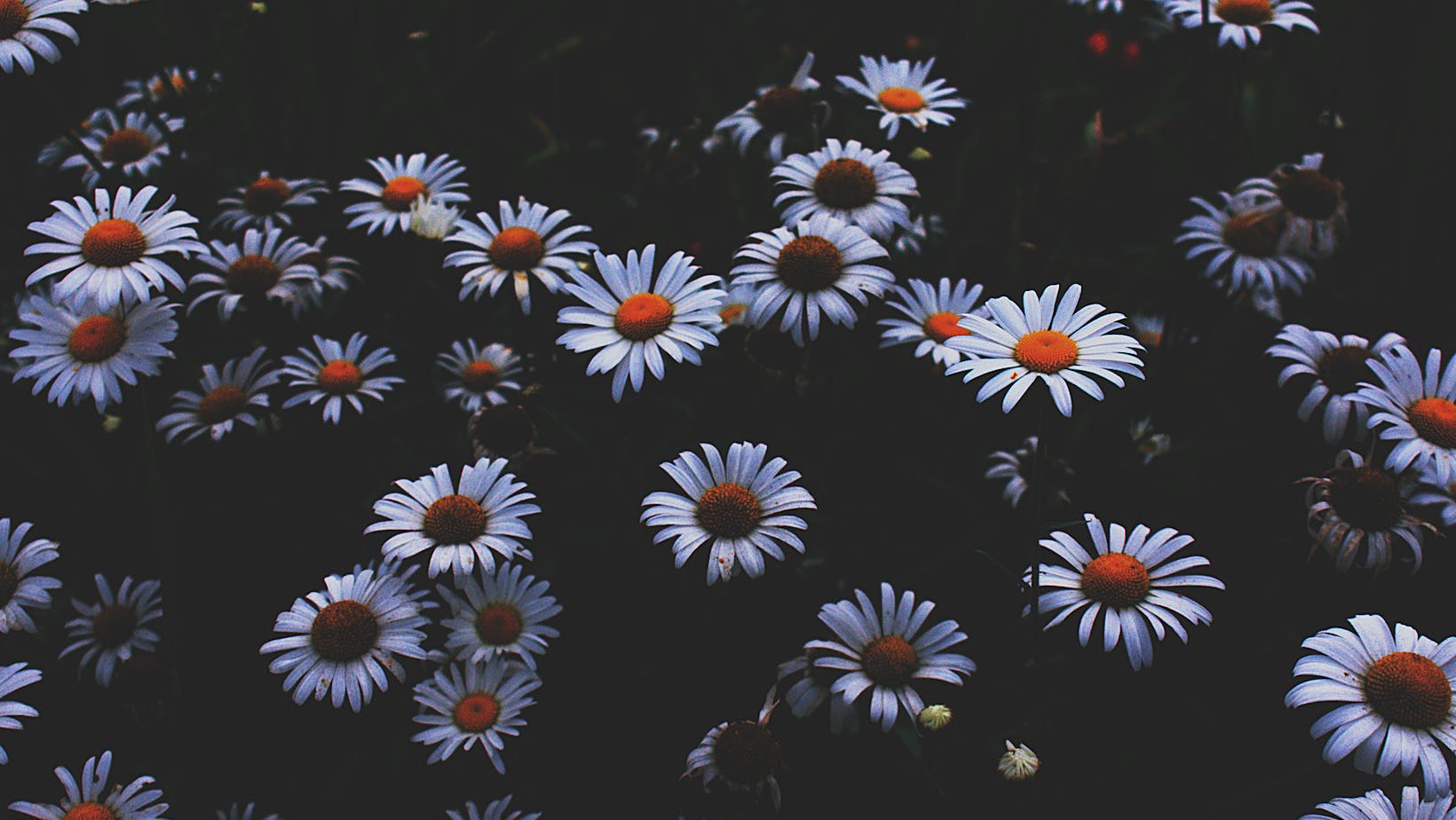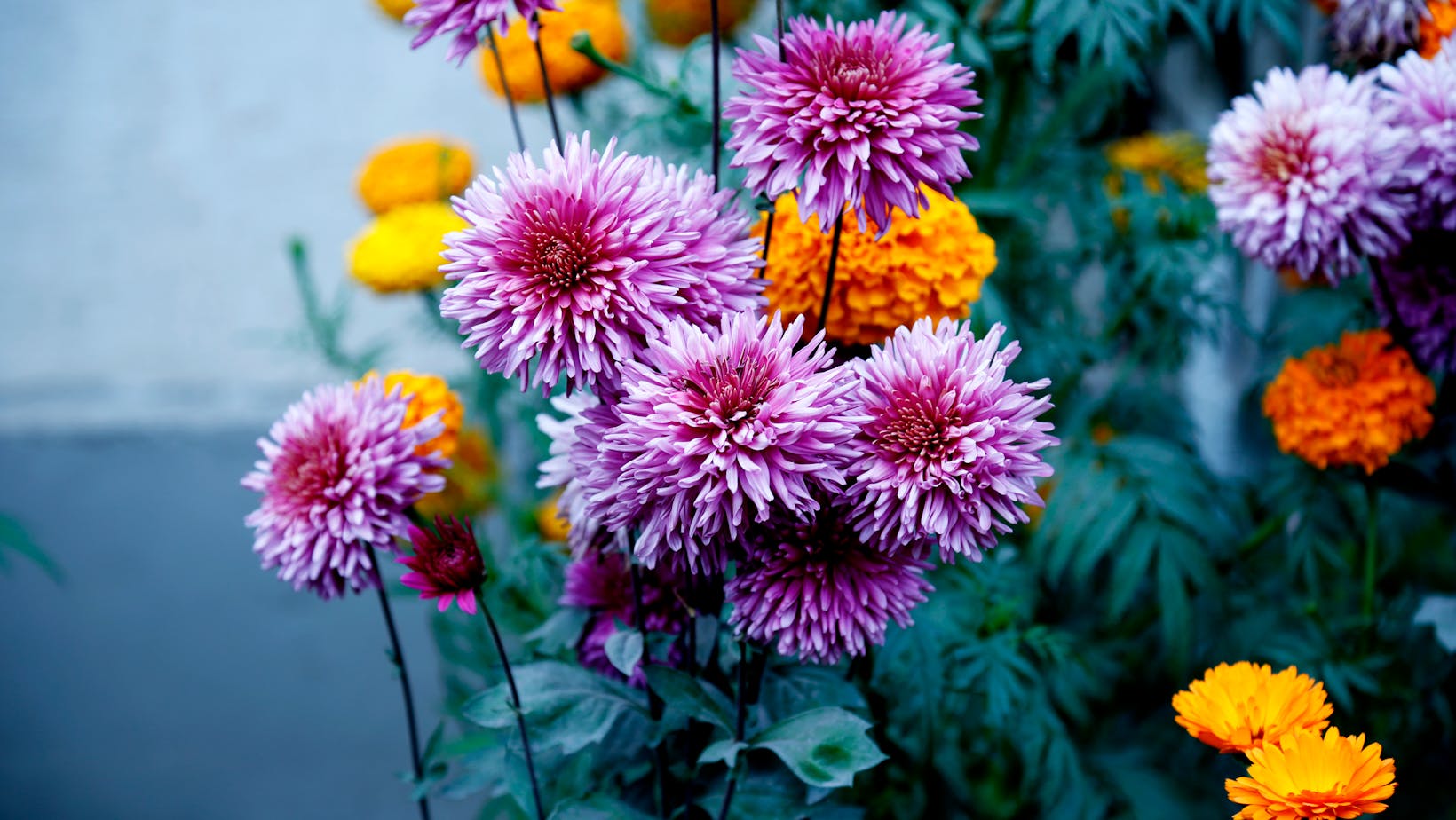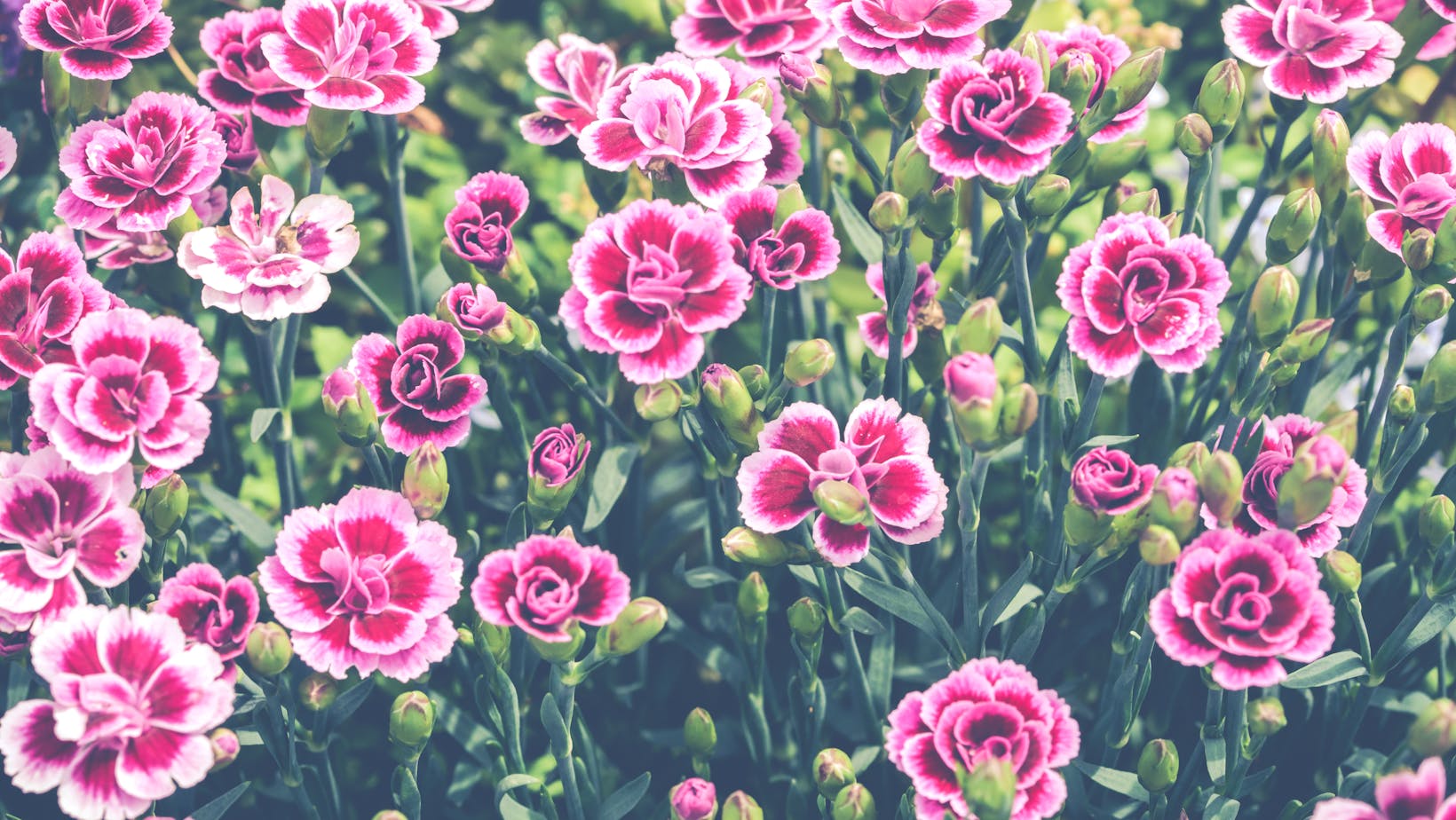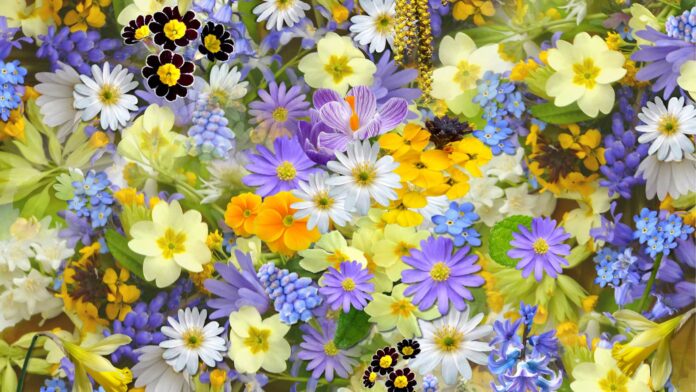In the vibrant world of flora, each flower tells a unique story. Capturing these tales in images isn’t just an art; it’s a service to communicate nature’s splendor. Through the lens of photography, we provide a customer service that connects people to the beauty and wonder of the natural world, preserving these moments for all to appreciate.
Wallpaper:7-sxouolxpg= Flower
 Flower images captivate audiences in visual media, encompassing advertising, films, and literature. Much like in fashion advise, their universal appeal and subtle influence shape narratives and stimulate consumer behavior.
Flower images captivate audiences in visual media, encompassing advertising, films, and literature. Much like in fashion advise, their universal appeal and subtle influence shape narratives and stimulate consumer behavior.
A favorable integration of flowers in advertising sparks interest. For instance, marketers utilize flower images to captivate potential consumers. Research by the In-Store Marketing Institute states that ads featuring flowers generate a 90% positive response, with roses, sunflowers, and tulips being highest in demand. Floral arrangements play a pivotal role in product photography, effectively communicating brand ideologies. Hence, flower images reinforce the visual narratives shaping the marketing landscapes.
Types of Flower Images
Stock Photos vs. Artistic Renderings
Stock photos display flowers in their natural or staged settings, offering high-quality visuals for an array of purposes. Agencies like Shutterstock and Getty Images provide millions of such images, often used in advertisements, blogs, and product packaging. They’re praised for their practical appeal, as the use of these images eliminates the need for personal photoshoots, thus saving resources.
Contrastingly, artistic renderings refer to illustrations, paintings, or digitally altered images of flowers. They’re typically more abstract or stylized, exuding a unique, personal flair. Artists such as Rachel Ruysch and Georgia O’Keeffe are celebrated for their stunning floral renderings which interpret the beauty of nature through individual perspectives. While these compositions may not provide the realism stock photos do, they enrich the imagery with personal narratives and emotional depth.
Popular Flowers Featured in Images
 Certain flowers, due to their iconic status and inherent beauty, are more commonly featured in images than others. Roses, as symbols of love and passion, are an archetypal example, with an estimated 15 million images available on stock photo sites. Sunflowers, representing warmth and happiness, make frequent appearances in artwork and photographs, while tulips, indicative of perfect love, hold prominence in many floral images. These popular flowers resonate with viewers due to their vibrant colors and deep-rooted cultural meanings, leading to their widespread depiction in all forms of visual media.
Certain flowers, due to their iconic status and inherent beauty, are more commonly featured in images than others. Roses, as symbols of love and passion, are an archetypal example, with an estimated 15 million images available on stock photo sites. Sunflowers, representing warmth and happiness, make frequent appearances in artwork and photographs, while tulips, indicative of perfect love, hold prominence in many floral images. These popular flowers resonate with viewers due to their vibrant colors and deep-rooted cultural meanings, leading to their widespread depiction in all forms of visual media.
Capturing and Editing Techniques for Flower Photography
Best Times and Conditions for Shooting
Mornings and evenings, with their diffused, low-angle illumination, often grant the photographers ideal lighting conditions for creating spectacular flower images. Overcast days also provide uniformly spread light, minimizing harsh shadows and enabling the true colors of flowers to stand out vibrantly. Predominantly, windless days offer stability, minimizing chances of motion blur especially when shooting at macro levels. A simple example embodies the tulip, known for its vibrant colors, shot at sunrise under diffused light would result in breathtaking and vivid imagery.
Basic and Advanced Editing Tips
 Post-processing plays an integral part in accentuating the beauty of flower images. Basic editing techniques involve adjusting exposure, contrast, and saturation to correctly present the colors. For instance, the innate flamboyance of a sunflower can be amplified by increasing saturation and contrast slightly. Advanced editing techniques might incorporate focus stacking for detailed macro photography, color grading for achieving a unique mood or tone, and texture overlays for an artistic touch. For example, texture overlays can make a simple rose image resemble an aged painting, adding a unique narrative to the photograph. It’s advisable, though, not to exaggerate the editing process, but enough subtlety to highlight the innate beauty and symbolism of the flowers.
Post-processing plays an integral part in accentuating the beauty of flower images. Basic editing techniques involve adjusting exposure, contrast, and saturation to correctly present the colors. For instance, the innate flamboyance of a sunflower can be amplified by increasing saturation and contrast slightly. Advanced editing techniques might incorporate focus stacking for detailed macro photography, color grading for achieving a unique mood or tone, and texture overlays for an artistic touch. For example, texture overlays can make a simple rose image resemble an aged painting, adding a unique narrative to the photograph. It’s advisable, though, not to exaggerate the editing process, but enough subtlety to highlight the innate beauty and symbolism of the flowers.
Flower Imagery in Visual Media
The power of flower images in visual media can’t be underestimated. They’re not just beautiful to look at, but they also carry deep emotional and symbolic meanings. Whether it’s a high-quality stock photo of a rose symbolizing love or an artistic rendering of sunflowers, these images play a significant role in shaping narratives and influencing consumer behavior.


